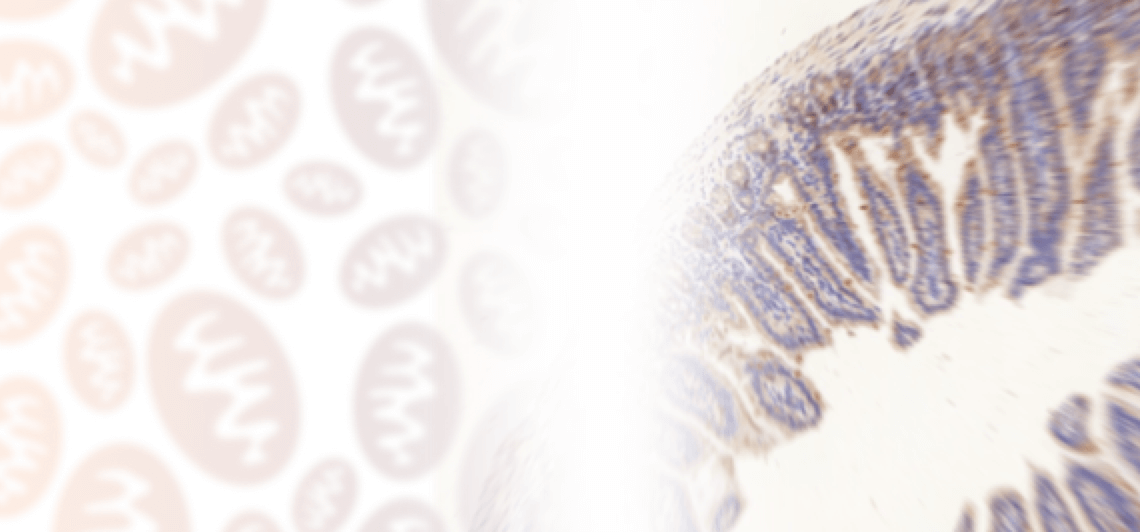Related articles
Secondary antibodies resources
Alexa Fluor secondary antibodies
Biotinylated secondary antibodies
Enhancing Detection of Low-Abundance Proteins
9 tips for detecting phosphorylation events using a Western Blot
Western Blotting with Tissue Lysates
Immunohistochemistry introduction
Immunohistochemistry and Immunocytochemistry
Immunohistochemistry troubleshooter
Chromogenic and Fluorescent detection
Preparing paraffin-embedded and frozen samples for Immunohistochemistry

Differences between immunohistochemistry (IHC) and immunocytochemistry (ICC)
Immunohistochemistry and immunocytochemistry are often used interchangeably as a term due to their general similarities, but when it comes to preparing the samples for the two techniques, major differences exist.
To summarise their dissimilarities, IHC requires the sample to be derived from a histologically processed tissue and the staining used relies on enzymatic processes catalysing the deposition of a colourant, with the same enzyme reactions occurring in ICC staining.
The difference is that the latter technique uses monolayer grown cells or cells in suspension as a sample instead of the processed tissue required for immunohistochemistry.
Sample origin
When preparing a sample for IHC, the target tissue is extracted from the body and it can be preserved by either flash-freezing it or by chemically fixing it followed by embedding it in paraffin. After the tissue has been fixed and hardened, it can be cut in sections down to 4 μm in thickness and this cut section is then mounted onto a slide ready for the antibody-assisted staining. This method of preparation allows for antigen localisation inside the cell components while not compromising on the integrity of the native tissue architecture.
On the other hand, the overwhelming majority of ICC samples have their stromal components, including the extracellular matrix, removed which leaves only the cells. Samples used for immunocytochemistry originate from a variety of cell suspensions, like aspirates, blood samples and swabs or alternatively from cells grown on glass coverslips under sterile conditions, with the second source of cells being more common.
The fixation period for ICC samples is usually much shorter than the time need to fix am IHC sample and the cells in an immunocytochemistry sample might need to be permeabilized to ensure better antibody binding.
After sample processing, the protocols for the two techniques are realtively similar, but they should always be optimised for the experiment at hand.
